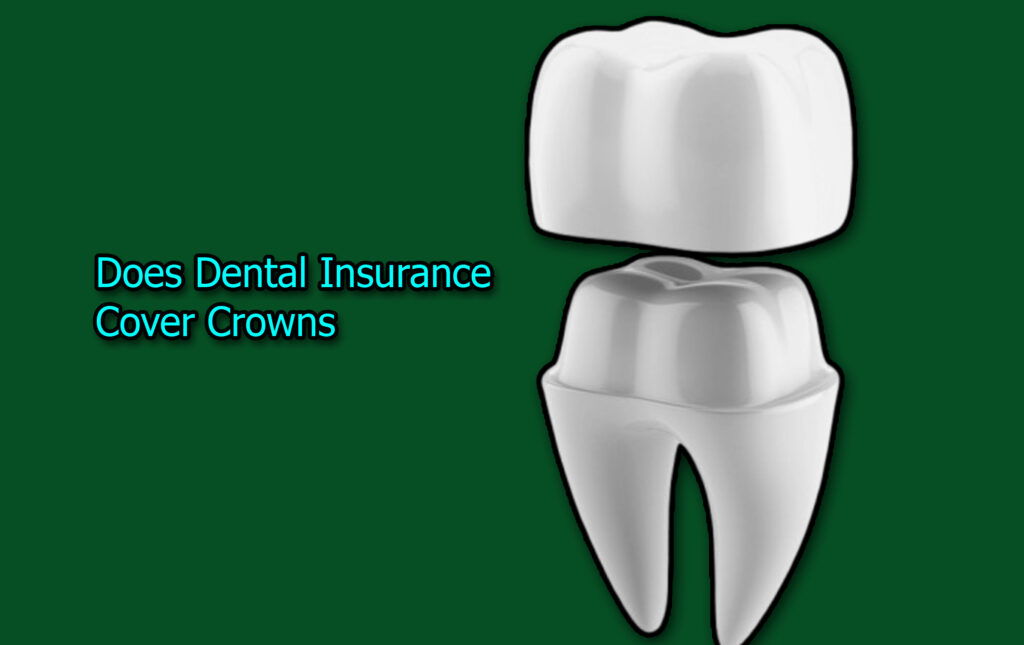Does dental insurance cover crowns? This is a common and understandable concern. Dental crowns aren’t just routine fixes. They’re essential for protecting weak or damaged teeth, restoring function, and even improving your smile.

But the price tag can be a shock, especially if you’re unsure how much of it your insurance will actually pay.
The truth is, dental insurance can cover crowns, but it depends on several factors, like whether the procedure is medically necessary, the type of crown being used, and the specifics of your insurance plan.
Some plans offer partial coverage, others may have waiting periods, and a few might exclude crowns altogether unless it’s for restorative (not cosmetic) purposes.
So, if you’re feeling confused or overwhelmed, you’re not alone. This article breaks down how dental insurance works when it comes to crowns, so you’ll know what to expect before you get in the chair.
What Is a Dental Crown?
A dental crown is a cap placed over a damaged or decayed tooth. It restores the tooth’s shape, strength, and appearance.
Crowns are commonly used after root canals, large fillings, or to protect cracked teeth. They’re also used for cosmetic reasons in some cases.
However, there are different types of crowns; porcelain, metal, ceramic, or a mix. The material used can affect both the durability and the cost.
When Does Dental Insurance Cover Crowns?
Most dental insurance plans do cover crowns, but not in every situation. Coverage usually depends on:
- Medical necessity: If your crown is needed to repair a damaged tooth or after a root canal, it’s more likely to be covered.
- Plan type: Some basic plans only cover preventive care and fillings, while more comprehensive plans include major restorative work like crowns.
- Waiting periods: Many insurance plans have waiting periods (often 6–12 months) before they’ll pay for major procedures like crowns.
- Annual maximums: Dental insurance typically has a yearly spending limit. If you’ve already used most of your coverage, you may have to pay the rest out-of-pocket.
- Type of crown: Some plans only fully cover metal crowns placed on back teeth, while porcelain or ceramic crowns may be considered cosmetic and only partially covered.
How Much Will Insurance Pay?
Coverage varies, but many plans cover 50% of the cost of a crown if it’s considered medically necessary. That means you’re responsible for the other 50%, plus any deductible or costs above your plan’s annual maximum.
What If It’s Not Covered?
If your insurance doesn’t cover the crown or only pays a small portion, you still have options:
- Ask your dentist about alternatives, like a different crown material that might be cheaper.
- Use a payment plan through your dental office to spread out costs.
- Look into a dental discount plan if you don’t have traditional insurance.
- Use HSA or FSA funds, if available, to pay with pre-tax dollars.
Final Thoughts
Dental crowns play a big role in protecting your oral health, but they’re not cheap. While many dental insurance plans do offer coverage, the amount they pay and the conditions attached can vary widely.
So, before you agree to treatment, check with your insurance provider or ask your dentist’s office to help you understand your benefits.
In addition, knowing what your policy includes, and what it doesn’t, can help you make the best decision for both your smile and your budget.



